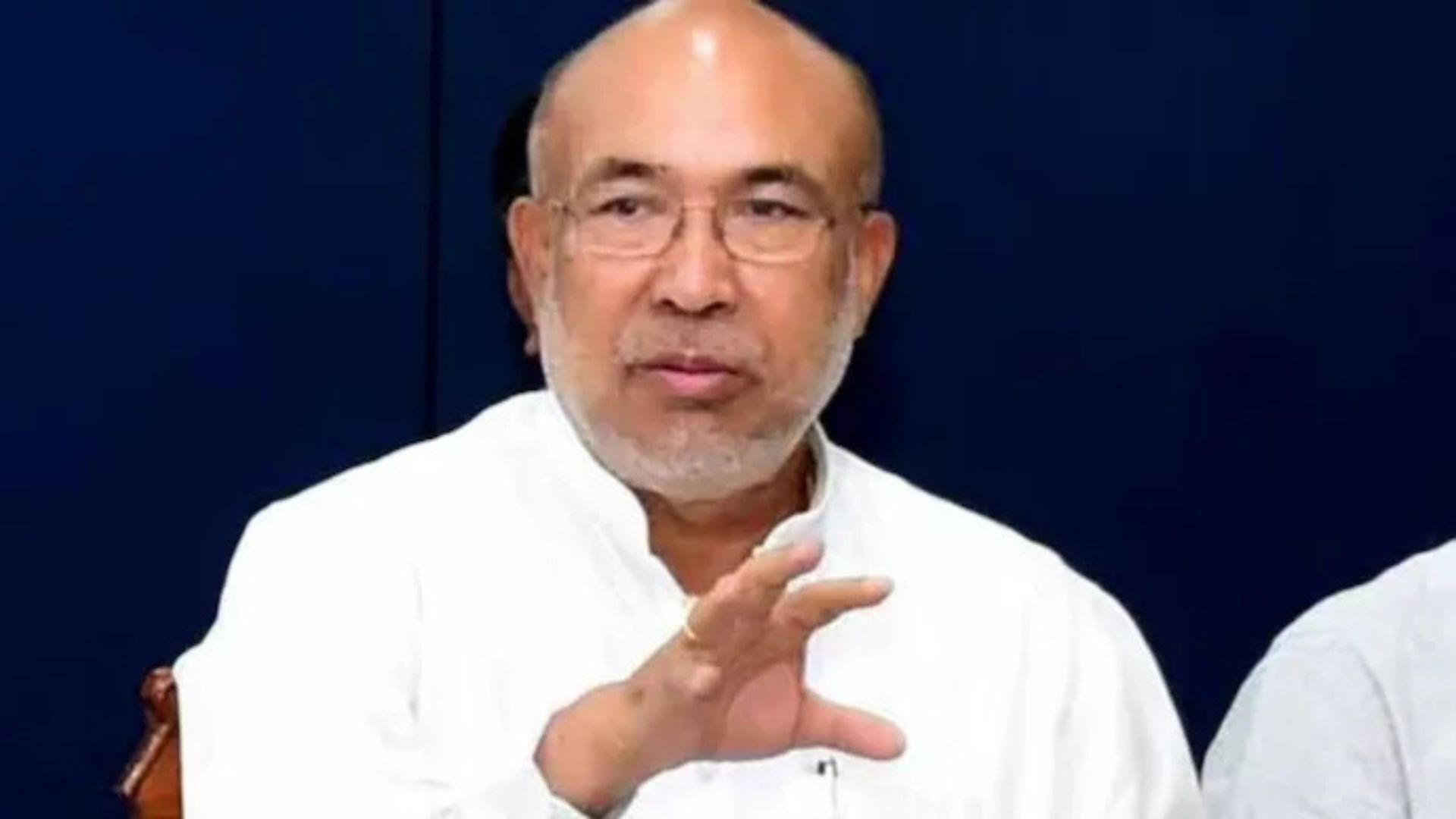
Introduction
Ours is a fast-growing economy which is ultimately leading to competitive practices and cut throat competition in the free market regime. Mergers, acquisitions and takeovers of the companies are now very common. Some common reasons for such mergers and acquisitions of the companies are to acquire a greater share in the market by decreasing competitiveness in the market. Hence, reducing the amount of business entities in the market. Therefore, most of the times it leads to monopoly in the market by carrying out restrictive business practices – such as predatory pricing, antic-competitive agreements, abuse of dominance, mergers and takeovers between the companies which ultimately negatively affects the market. Demand and supply of resources regulate and protect the market economy of a nation and that is why it is necessary for the countries to develop their own competition laws according to their requirement.
Meaning and Definition of Mergers & Acquisitions
Mergers and acquisitions, also abbreviated as M & A is a common term which is used to demonstrate the consolidation of companies or assets through various kinds of financial transactions, including mergers, acquisitions, consolidations, tender offers, purchase of assets, and management acquisitions. The term mergers and acquisitions refer to the domain of corporate finance, management and corporate strategy which deals with the selling, buying, and combining of different companies that can finance or help a growing entity in a particular industry grow rapidly without having to create another business entity. Frequently it is observed that mergers and acquisitions are seen as the only corporate competitive strategy to sustain in the market economy.
Origin and Evolution of Competition Law Jurisprudence in India
The jurisprudence of Competition Law is to enhance competition that will facilitate better allocation of resources in the economy. Competition Policy should be divided into two parts: 1. Undertakings that will promote competition activities in the economy and, 2. Laws made to restrain anti-competitive activities in the market with no or very minimum government intervention. Competition Policy is a social welfare policy in nature. Unnecessary intervention in Public Policy and restrictive trade practices can be stopped with the help of the efficient and successful implementation of Competition Policy. Competition policy also helps to accelerate healthy competition in the free market. Competition law by itself cannot ensure or produce competition in the market unless this is aided by appropriate Governmental policies. On the other hand, Governmental policies without a legislation to prevent competition wrongdoings and to enforce such policies would also be incomplete. Competition is as ancient as time itself. In common language, competition yields better results because of more inventiveness and effort. It is a driving force of the market. The presence of competition in the business and market helps to obtain better result of the resources utilized and ultimately promotes the welfare of the people. The culture of competition plays an important role in aiding the Competition Policy and it creates consciousness about the benefits and gains that are initiated by the implementation of the competition law in the public and the economic institutions. Lack of understanding and acceptance about the efficacious competition policy and inexperience of the courts owing to no proper competition law in the developing countries is comparatively very weak as compared to the developed nations. Monopolies and Restrictive Trade Practices Act, 1969 was the first Indian legislation which somewhat dealt with some aspects of competition jurisprudence. Articles 38 and 39 of the Indian Constitution are unique in the creation of the said act. The Directive Principles of State Policy in the abovementioned articles lays down, “that the State shall strive to promote the welfare of the people by securing and protecting as effectively, as it may, a social order in which justice – social, economic and political-shall inform all the institutions of the national life, and the State shall, in particular, direct its policy towards securing: 1. The ownership and control of material resources of the community are so distributed as best to sub serve the common good; and 2. The functioning of the whole economic structure does not result in the congregation of wealth and means of production to the common detriment. The Monopolies and Restrictive Trade Practices Act, 1969 Act became outmoded in the light of the major international economic developments especially relating to competition laws, as it focused on only curbing monopolies and not on promoting competition. It also lacked provisions to deal with anti-competitive practices that may go hand in hand with the operation and implementation of the World Trade Organization agreements. A committee was formed in 1999 by the Government of India under the chairmanship of Mr. S.V.S Raghavan based on the recommendations of which, the Competition Act, 2002 was enacted, and the Competition. (Amendment) Act, 2007 was enacted to promote competition and to propagate a modern competition law. After a long wait, The Competition Act, 2002 and Competition Commission of India came into existence. The main objective of the Competition Act, 2002 can be known from its Preamble which can read as: “An act to provide, keeping in view of the economic development of the country for the establishment of a Commission to prevent practices having adverse effect on competition, to promote and sustain competition in markets, to protect the interest of consumers and to ensure freedom of trade carried on by other participants in markets, in India and for matters connected therewith or incidental thereto.”
The guiding force behind Merger Control
In the world of competition law, Merger Control plays a very an important role with the increasing international trade and commerce activity. It also forms an inherent part of The Indian Competition Act. The necessity to regulate a merger can be twofold, i.e., it can be economic or it can very well be political which can be analysed accordingly. Merger regulation can be done to safeguard a “combination” coming into an agreement which cause or is likely to cause an “appreciable adverse effect on competition” abbreviated as (AAEC) within the relevant market and any such agreement shall be void as per law, reason being that it may have unfavourable impact on competition law. The objective to regulate can also be identification or regulation of Public Interest. A single business entity is established when two or more business entities are amalgamated or merged and regulates the position in the market by creating a dominant position. If there is a negative effect on the welfare of the free market then the same can very well be challenged as mergers are only concerned with the market power, market abuse and market supremacy. Market supremacy also sometimes is a bad decision for the market as the practices like increasing the prices of the articles in the market or using its dominant position to take over the market can thereby leave a very unfavourable impact on the market economy.
Relationship between Competition Law and Mergers & Acquisitions
Numerous laws have been made to cover mergers and acquisitions. The MRTP Act also covered various provisions but then it eventually became redundant in comparison to the legislations in other countries in terms of anti-competitive practices in the domestic as well as international trade or for increasing trade or competition in the market. Subsequently, a new law was passed to regulate competition law in India and to govern mergers and acquisitions in the country; it was hence named as The Competition Act, 2002. Mergers and acquisitions and the Competition law are very much dependent on one another as every merger & acquisition has to be investigated by the Competition Commission of India under the regulatory provisions of the Act. The Competition Act, 2002 is the only law in the country which helps to inspect the impact of competition on mergers and acquisitions and vice versa. It also aims to introduce a regulatory mechanism which governs mergers and acquisitions in the country. Sections 4, 5 and Section 6 of the Competition Act deals with the regulation of mergers and acquisitions enforced since June 2011. The Competition Act basically deals with 3 types of arrangements; 1. The prohibition of misuse of dominant position, 2. The prohibition of those agreements which are in violation of the competition or anti-competitive agreements, and 3. A proper regulation of combinations.
Prohibition of misuse/abuse of dominant position
Misuse of dominant position disturbs the healthy competition between the firms, industries, companies etc and also exploits the consumers and makes it very difficult for other markets players to survive in the market due to their dominant position in the market. It refers to a place of strength which a firm or a company operates independently of the various competitive forces in the market and thereby in the long run it severely affects the consumers and the market. Exploitation or misuse of the market encompasses various activities like increasing the prices of the products, biased and destructive pricing, using its supreme position in the market to gain advantages, not giving entry to the market and many more.
Anti-competitive agreements
An anti- competitive agreement is a treaty having appreciable negative effect on competition. Under Section 20 of the Competition Act, before forming an opinion about the combination or merger, the commission has to consider various factors like competition through imports about the AAEC of the proposed combination. Anti- competitive agreements also encompass various agreements such as conditional purchase/ sale, to allocate markets, to fix prices; resale price maintenance; big rigging or collusive making of bids; and refusal to deal. There are more clarifications to prove that less mature markets are more exposed to the anti-competitive practices than the developed country’s markets. Reasons encompass: large local markets; details disseminated is uneven in both credit and product market; natural blockade to enter in the market due to inadequate distribution channels, non-uniform conditions and insufficient business infrastructure including regulation regimes. Combination Regulation The Competition Commission of India regulates combinations such as mergers & acquisitions and amalgamations under the Combinations Regulations.















